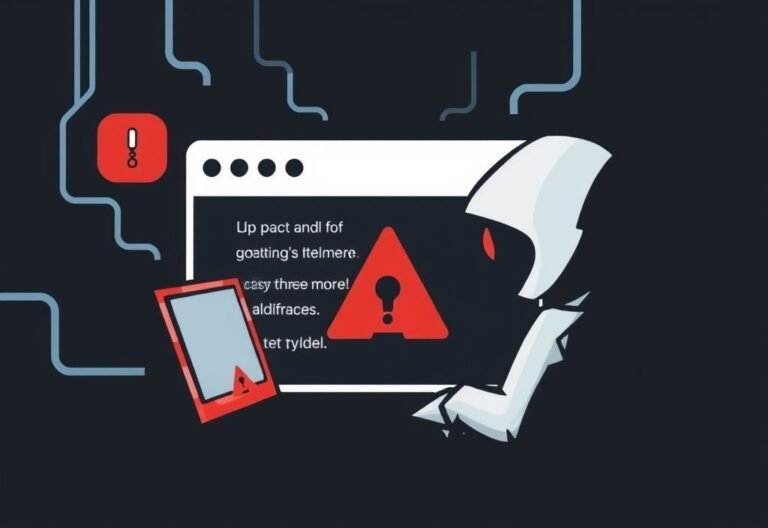
How to Prevent Misconfiguration – The #1 Cause of Cloud Data Breaches
As more businesses move their operations to the cloud, one silent but dangerous threat continues to cause major security incidents: misconfiguration .
Many companies mistakenly assume that once they sign up for a cloud service, security is automatically handled. But in reality, cloud security is a shared responsibility . While providers secure the infrastructure, it’s up to you to configure your account correctly.
Misconfiguration is not just common — it’s the leading cause of cloud data breaches , and it’s entirely preventable. It can happen when someone gives too many users admin rights, forgets to enable encryption, or accidentally opens access to sensitive files.
According to the State of Cloud Security 2021 report, 45% of organizations face between 1 and 50 misconfigurations every single day . That’s a lot of risk hiding in plain sight.
Common Causes of Cloud Misconfiguration
- Lack of oversight and control
- Poor team awareness of security practices
- Too many cloud APIs to manage effectively
- No real-time monitoring of cloud environments
- Careless actions by insiders
- Limited expertise in cloud security
The good news? You can reduce this risk with smart strategies.
7 Proven Ways to Avoid Cloud Misconfiguration
1. Gain Full Visibility into Your Cloud Usage
Do you know all the cloud apps your employees are using? Many companies don’t — and that’s how “shadow IT ” becomes a major security risk.
Use a Cloud Access Security Broker (CASB) to discover unauthorized apps and bring them under your control before they lead to a breach.
2. Limit Administrative Privileges
Too many admins mean too many chances for mistakes. Only a few trusted individuals should be able to change critical security settings.
Regularly audit permissions and follow the principle of least privilege — give users only the access they need to do their jobs.
3. Automate Security Policies
Human error is inevitable. Reduce risk by automating as much as possible.
For example, tools like Microsoft 365 Sensitivity Labels allow you to set rules that follow your data across apps — like blocking downloads or copying of sensitive files — without relying on user action.
4. Use Cloud Security Audit Tools
How secure is your cloud environment right now? Tools like Microsoft Secure Score help you find and fix misconfigurations before hackers exploit them.
These tools scan your systems, highlight vulnerabilities, and offer step-by-step guidance to improve your security posture.
5. Set Up Real-Time Configuration Alerts
Once your settings are secure, they might not stay that way. Changes can come from:
- Employees with elevated access
- Third-party integrations
- Software updates
- Compromised accounts
Set up alerts for any important configuration changes — like turning off multi-factor authentication — so your team can respond immediately.
6. Regularly Review and Update Settings
Security isn’t a one-time setup. As your business grows and tools evolve, so should your configurations.
Schedule regular reviews of cloud app settings, access roles, and compliance policies to ensure nothing slips through the cracks.
7. Consult with a Cloud Security Expert
You don’t have to handle everything alone. Cloud security is complex — and mistakes can be costly.
Let a professional review your cloud setup to make sure your data stays safe while keeping your team productive.
Final Thoughts
In today’s digital world, cloud services are essential — but they’re only as secure as the way you configure them. Misconfiguration is a preventable mistake that leads to avoidable breaches.
By taking proactive steps, you can protect your data, maintain customer trust, and keep your business running smoothly in the cloud.
Need Help Securing Your Cloud Environment?
We specialize in helping businesses like yours avoid misconfigurations and strengthen cloud security. Contact us today to schedule a full cloud security assessment.





